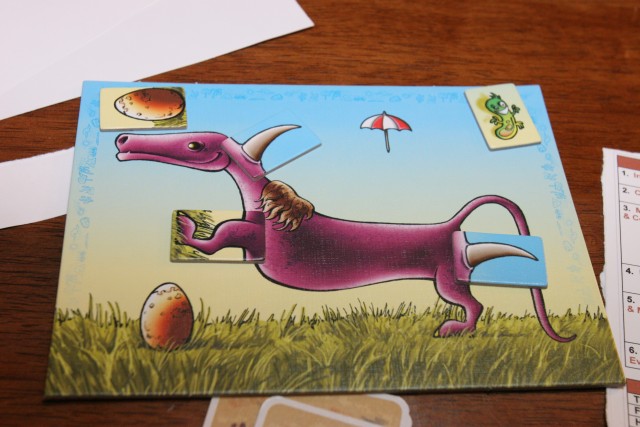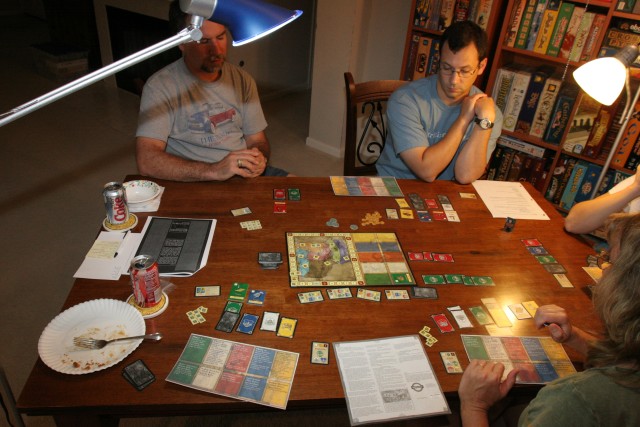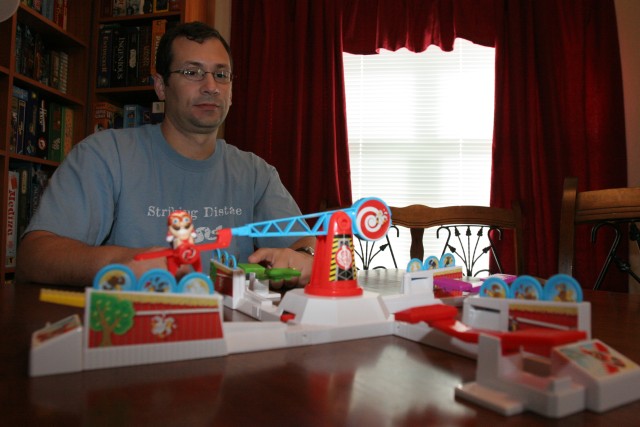The Downfall of Pompeii
Ed and Susan came tonight for one of their biannual gaming fixes. Six is a hard number to resolve — do you play one game, or two? We chose the two route with a heavily meaty table (Neuland) and a light meaty table (Pompeii). I chose Pompeii because I haven’t played it before and would like to try it at least once.
This game is quite thematic. You are trying to save your villagers before the volcano erupts. And you get to sacrifice other people’s villagers into that volcano during the beginning portion of the game. There is a nice, large plastic volcano as part of the game board. Believe me, I was tempted to put some baking soda and vinegar into that thing…
The game is divided into two phases. During the first phase, you place your villagers onto the board by playing one of four cards and drawing up. Obviously, you want to put them into buildings that are close to the exits of the village. When you place a villager into a spot that is already occupied, you can place relatives equal to the number that were there. This gives you more chances to successfully place people who can escape this nightmare situation. If a puff of smoke card is drawn, you can choose one villager and toss that person into the volcano in a vain attempt to appease the gods. Don’t forget to make a show of dragging the helpless villager up the slope of the mountain…
Ed started out by sacrificing one of my people in a prime building location. I planned to retaliate. But my chance didn’t come around for a while. By the time I drew a smoke card, Ed had been thoroughly picked on by his family and I felt bad. So I chose some one else.
Once the second volcano card is drawn, we immediately move into the second phase of the game. Now, on your turn, you draw a lava chip and place it on the board. You may then move two people. A person can move as many spaces as there were people on their start location. If they move outside of the village (past the gates), then they are turned into a victory point.
There are six types of lava. And the first of each type must be placed on its starting location on the board. After that, each piece can be placed orthogonally next to other pieces of its type. If a piece of lava goes on top of some people, then too bad. Those people are burnt to a cinder and die. They are taken off of the board and are thrown into the volcano. The game ends when the last lava piece is drawn and placed.
If there is a tie, then the tie is broken by whoever has the fewest of their pieces in the volcano. It is a short, simple, and lightly meaty game. Thankfully, the Rozmiareks were mainly picking on each other and I was able to sneak past the lava flows to win the game.
Ta Yü
Susan had to leave to pick up her son after a basketball game was over. I say make him wait there and work on his homework! So, Ed and I played a two player game. He chose Ta Yü. This is a game that I played once long ago during the now defunct Russcon.
This is a simple tile laying game where you are trying to create routes from one side of your board to the other side. All while your opponent is simultaneously trying to do the same.
I started off slow and was not trying to connect either of my sides. Ed got off to a good run by setting up three routes on one side of his board. When I noticed that a route was going to make it to the other side for Ed, I shook myself awake. I started to place pieces that would hose Ed on that other side. And I was pretty successful by cutting off a rather large section of the board. Now my goal was to make connections on both of my sides before Ed could retaliate. Thankfully, I was able to draw enough pieces to make connections for me and Ed was not able to hurt me with his pieces. This gave me enough points for the win.
Tichu
To finish off the night, we played some Tichu. I had the option to take Jon as my partner or cut for partners. I chose Jon. Little did I realize that that was a very bad choice!
On the first hand, John calls Tichu and goes out first. Usually that is not a problem. Of course, when someone on the opposing team calls Tichu, you try to set that person. When that person goes out, you must now really try hard and stop the teammate from going out second. So, when your partner is currently winning a trick, and you can overtake that trick. You must decide if you are guaranteed to go out second. If you believe so, then do it. Otherwise, let your partner win that trick. Unfortunately for me, I was winning a trick and Jon overtook it. Adam was able to take the next trick that Jon played and went out second. If Jon had not played, I would have been able to go out second. The sad thing is that this happened twice during the game. Sigh.
On the last hand of the game, I called Grand Tichu. Little did I know that my partner was actively playing against me. He passed me a two and then wished for an Ace! John had none and I was forced to play one of mine. I gave up at that point and called the game.
11/16/2006 The scorecard for a game of Tichu
GT or T bet made or lost
This team scored more points than the other or one twoed
|
GT/T
|
Team #1
|
GT/T
|
GT/T
|
Team #2
|
GT/T
|
|
MarkH & Jon
|
AdamR & JohnG
|
|
|
0 |
|
|
300
|
T+
|
|
|
|
|
|
325
|
|
|
|
|
|
|
345
|
|
|
|
155
|
|
T+
|
645
|
|
|
T-
|
|
|
|
670
|
|
|
|
250
|
T+
|
|
|
|
|
|
|
|
T+
|
895
|
|
11/16/2006 The scorecard for a game of Tichu
GT or T bet made or lost
This team scored more points than the other or one twoed
|
GT/T
|
Team #1
|
GT/T
|
GT/T
|
Team #2
|
GT/T
|
|
MarkH & Jon
|
AdamR & JohnG
|
|
|
200
|
|
|
0 |
|
|
|
190
|
|
|
|
|
|
|
|
T+
|
|
155
|
|
|
|
375
|
|
|
|
|
|
T+
|
515
|
|
|
|
|
|
|
515
|
|
|
485
|
|
|
|
|
|
|
620
|
T+
|
|
|
|
T-
|
T+
|
765
|
|
|
|
|
|
T-
|
710
|
|
|
|
|
T+
|
|
710
|
|
|
|
790
|
|
|
1010
|
T+
|
.jpg)

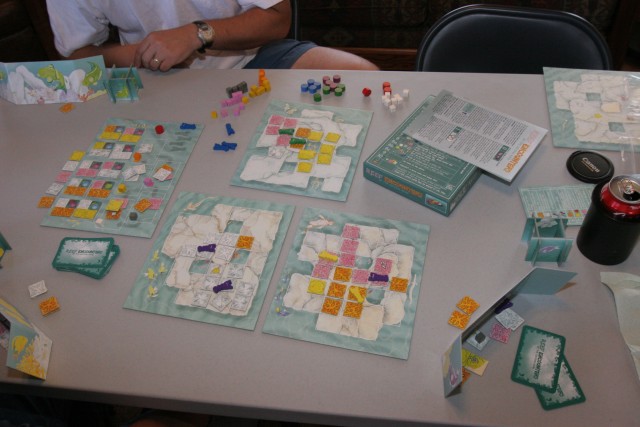
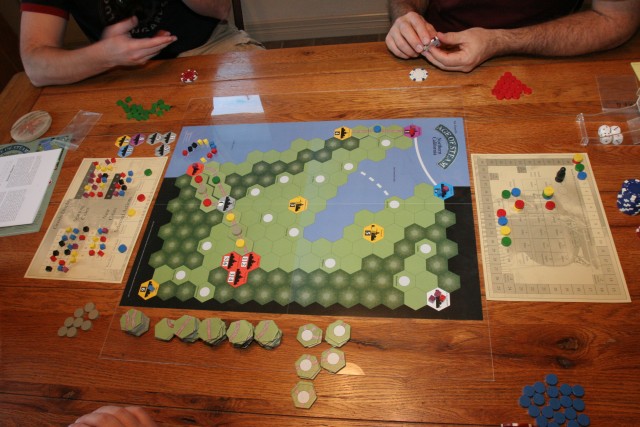
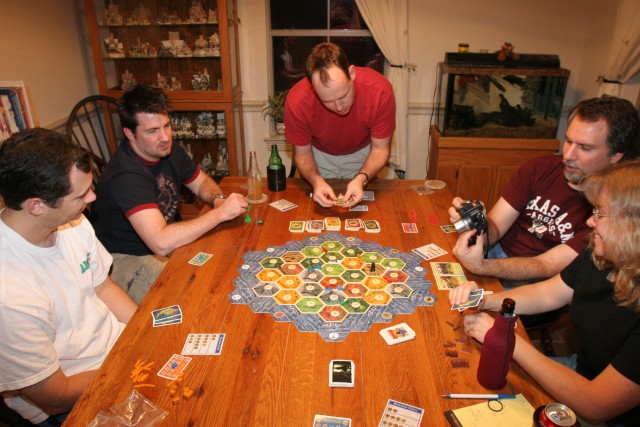
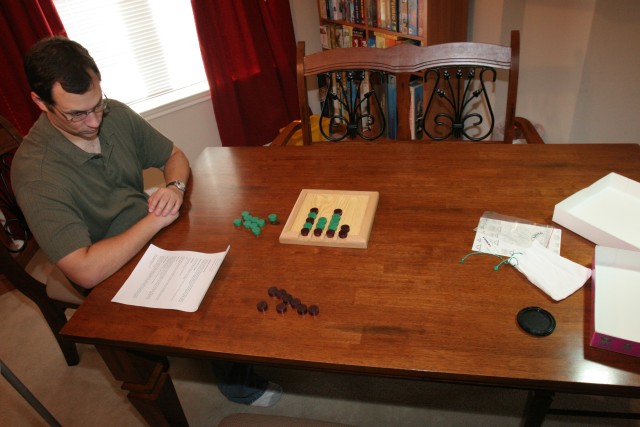
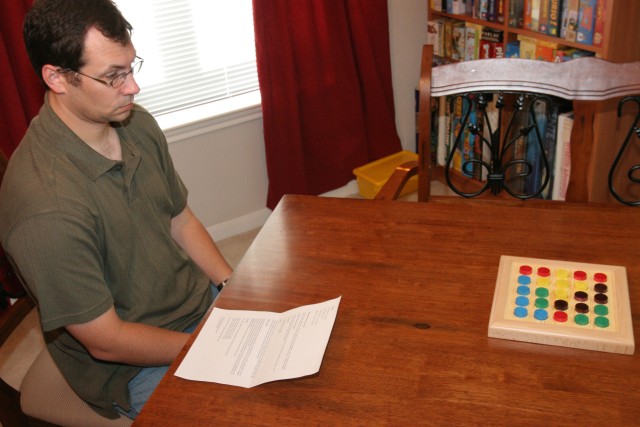
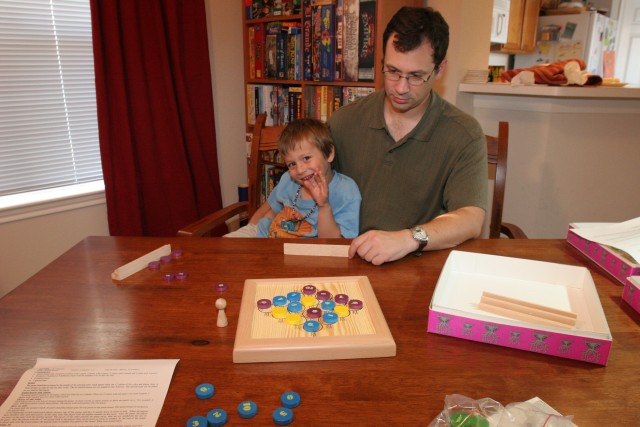

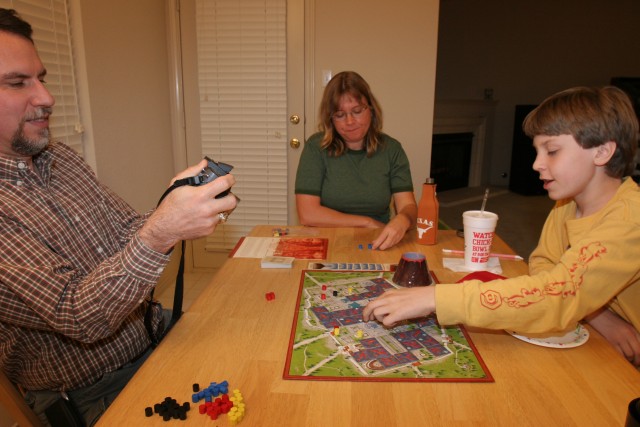

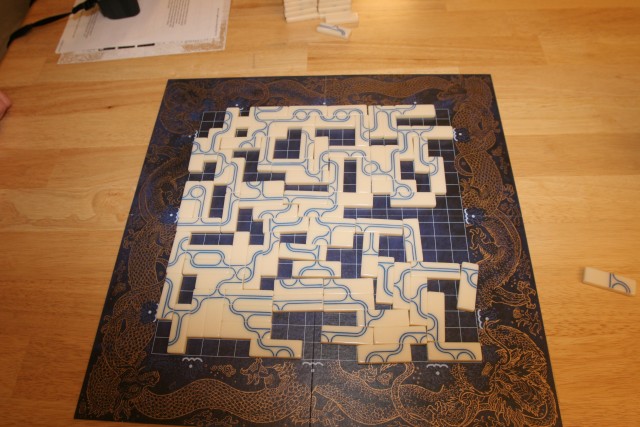

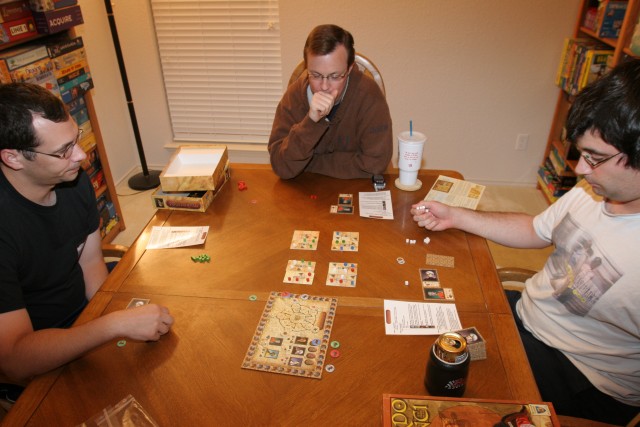
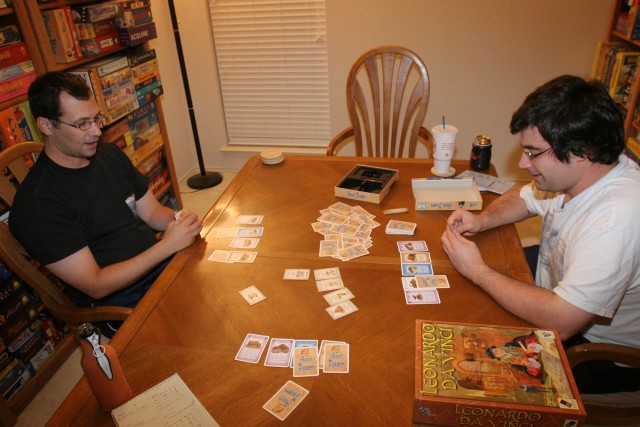
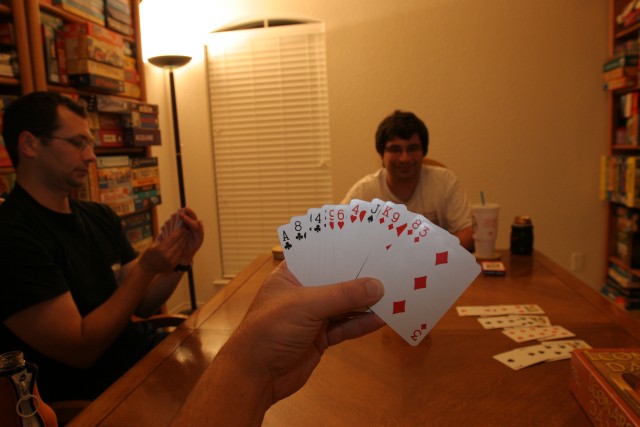
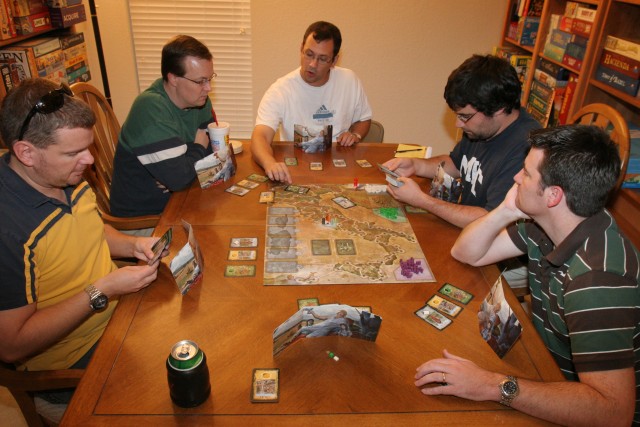
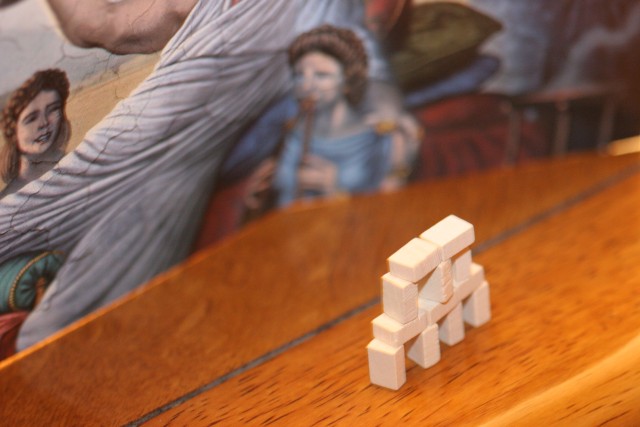

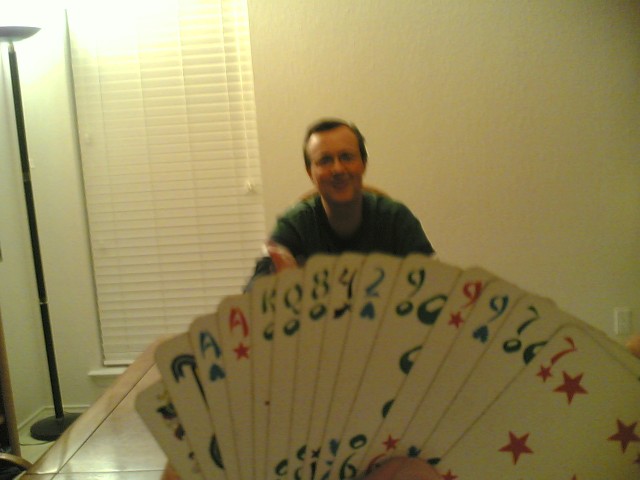
.jpg)

